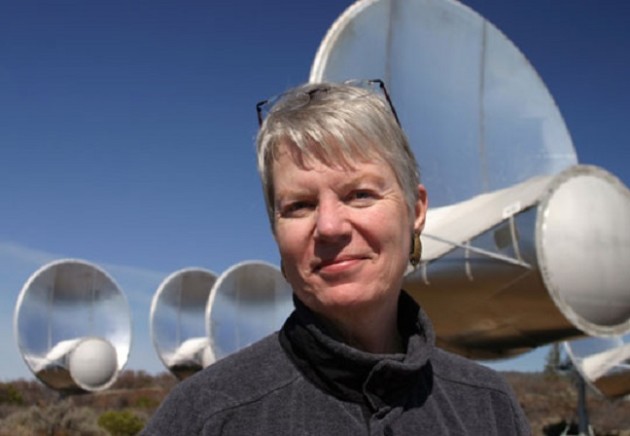
For almost 60 years, efforts to pick up signs of extraterrestrial civilizations have yielded a big fat zero, but there have been plenty of false alarms to contend with.
To provide a reality check, the International Academy of Astronautics adopted a 1-to-10 rating system for claims of contact, known as the Rio scale, back in the early 2000s. Now a group of astronomers is proposing a “Rio 2.0” scale that brings the reality check up to date.
They hope Rio 2.0 will serve the same purpose in the search for extraterrestrial intelligence, or SETI, that the magnitude scale serves for earthquakes, the Fujita scale serves for tornadoes, and the Torino scale serves for asteroids.

“The whole world knows about the Richter scale for quantifying the severity of an earthquake; that number is reported immediately following a quake and subsequently refined as more data are consolidated,” Jill Tarter, co-founder of the SETI Institute, said today in a news release.
“The SETI community is attempting to create a scale that can accompany reports of any claims of the detection of extraterrestrial intelligence and be refined over time as more data become available,” said Tarter, who’s one of the researchers behind Rio 1.0 and 1.1 as well as Rio 2.0.
Like the original scale, the new metric considers the credibility of a claim for contact (δ) as well as its potential significance (Q), encapsulated in a formula (R = Q * δ).
The original scale had only one question aimed at judging credibility, with answers ranging from “absolutely reliable” to “obviously fake.” The new scale, described today in the International Journal of Astrobiology, gets a little more granular. Seven questions address how much credence a given report should get:
- How much uncertainty is there about whether the phenomenon actually occurred?
- How amenable to study is the phenomenon?
- Is the discoverer of the phenomenon the same entity that predicted such a phenomenon would indicate the presence of alien intelligence?
- Does the phenomenon look like a known instrumental or psychological effect?
- What do the builders of the detecting instrument, or the experts on the detection method, say about the phenomenon?
- Is there a good reason to think the phenomenon is a hoax?
- How does a wide community of experts assess the probability that there’s a natural or human-related cause for the phenomenon?
Points are given based on the answers to those questions, and factored together to produce a zero-to-1 value on the credibility scale. That, in turn, is factored in with the answers to questions about how far away the source of the signal is, whether it’s possible to communicate with the signal’s source, and whether the signal’s sender is likely to be aware of us humans and our technology.
Like Rio 1.0, the Rio 2.0 scale ends up with a number between zero and 10, from no importance to extraordinary importance. “No current signal, not even the famous ‘Wow! Signal’ … currently scores greater than 1 on either Rio 1.1 or Rio 2.0,” the newly published study’s authors report.
Lead author Duncan Forgan, a founding member of the Center for Exoplanet Science at the University of St. Andrews in Scotland, said the new scale was drawn up in response to the changes that have taken place in the media landscape.
“It’s absolutely crucial that when we talk about something so hugely significant as the discovery of intelligent life beyond the Earth, we do it clearly and carefully,” Forgan said. “Having Rio 2.0 allows us to rank a signal quickly in a way that the general public can easily understand, and helps us keep their trust in a world filled with fake news.”
The revised scale has now been submitted to the International Academy of Astronautics’ Permanent Committee on SETI for official ratification.
In addition to Forgan and Tarter, the authors of “Rio 2.0: Revising the Rio Scale for SETI Detections” include Jason Wright, Eric Korpela, Andrew Siemion, Iván Almár and Elisabeth Piotelat.

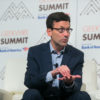
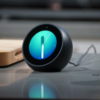



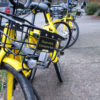
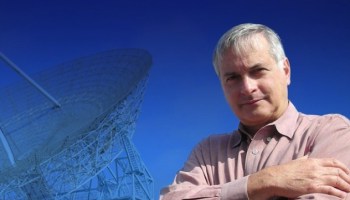
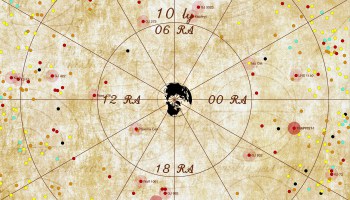
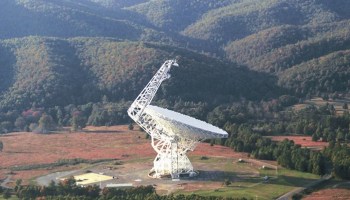
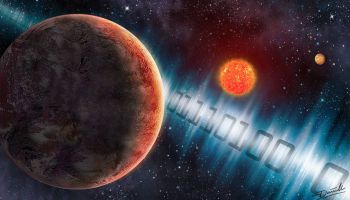






Comments